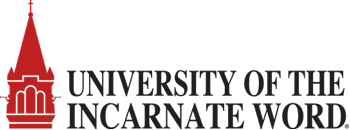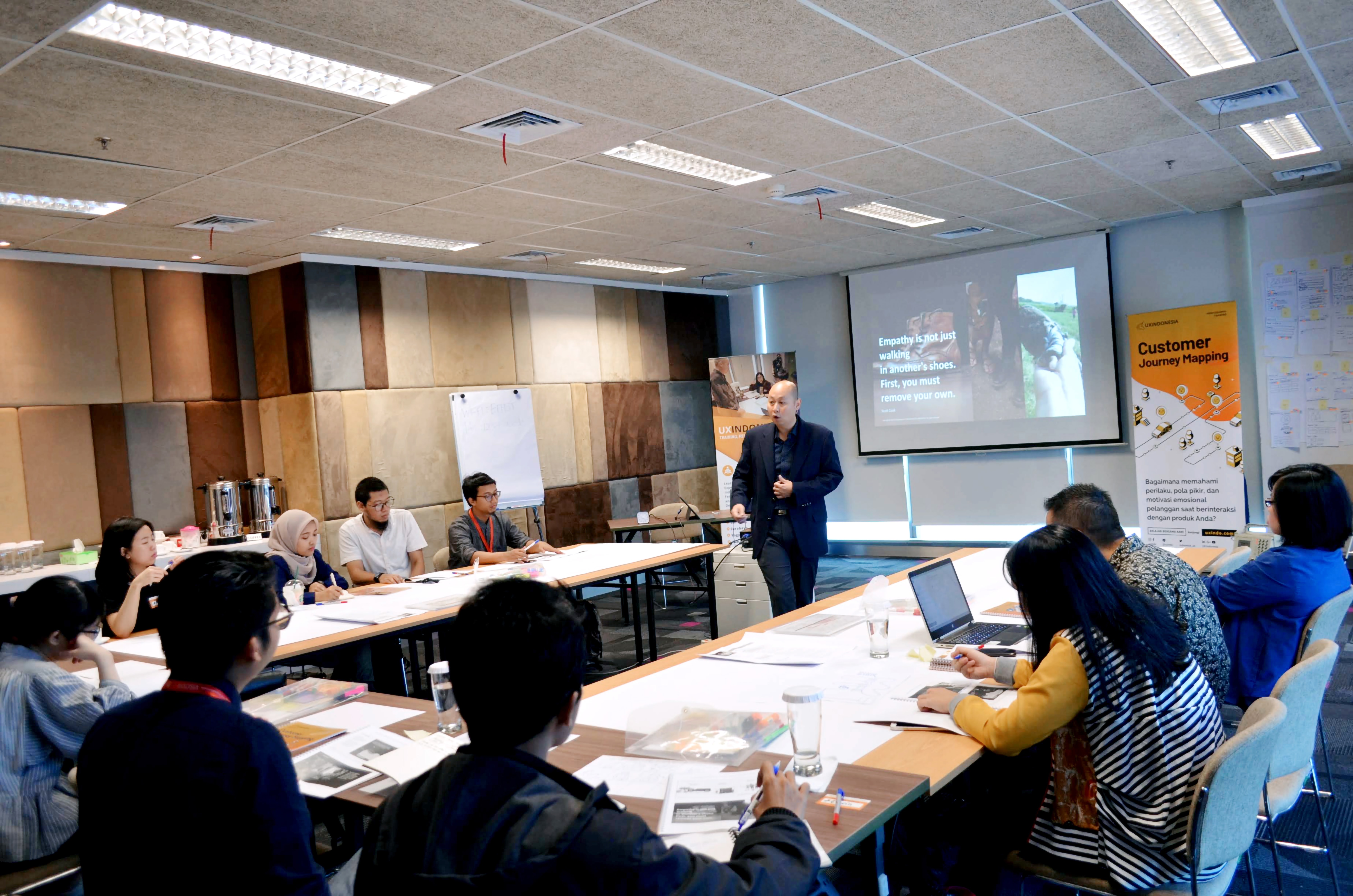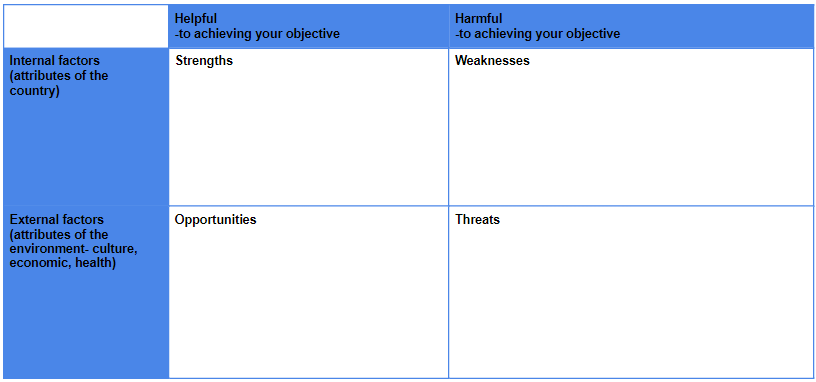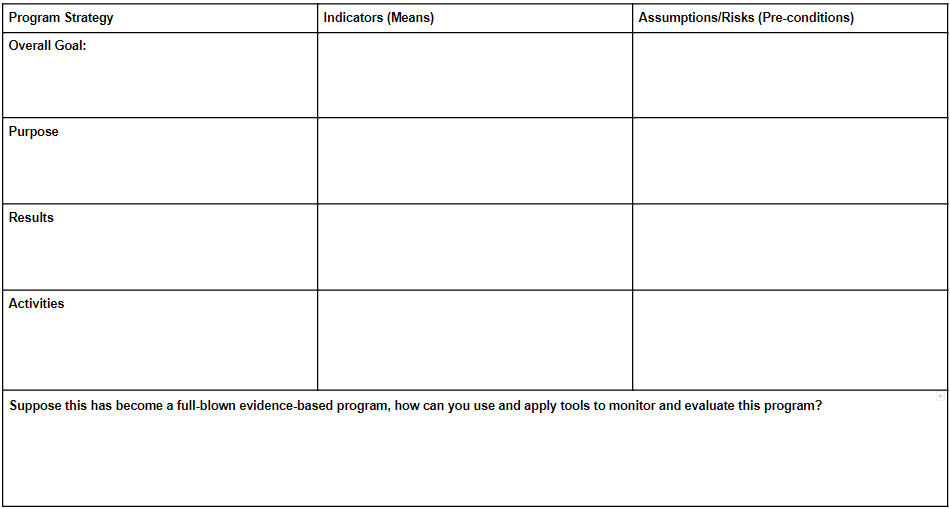-
GeneralGeneral
-
Global Health Homepage


Welcome to the Global Health course. This course is a comprehensive course designed to equip participants for professional practice within the global health field through the provision of knowledge and skills pertinent to addressing the issues and health implications surrounding global health from various perspectives. The purpose of this course is to educate and inform participants about the major determinants of health and disease from a global perspective and to prepare learners for professional practice in the field of global health.
The Global Health course is sponsored by the University of Incarnate Word (UIW). Like all NextGenU.org courses, it is competency-based; competencies were developed in collaboration with global health and public health subject matter experts, and taking into consideration the following competencies set and programs CUGH competencies and CEPH competencies. The course uses learning resources from accredited, world-class organizations such as the U.S. Centers for Disease Control and Prevention (CDC), the U.S. National Institutes of Health, and the World Health Organization.
The course was funded in part by the University of Incarnate Word (UIW) and created with Assistant Professor for Clinical and Applied Science Education TimMarie C. Williams, PhD, MCG. The course was designed by NextGenU.org team members including: Allison Da Santos, Ph.D.; Genikka Camille Gabral; B.ED, MSc,; Carolina Bustillos, MD, DiplEd.; Hugo Rojas, MD, MSc; Jamila Conliffe, MPH; Jean Pierre Musabyimana, MSc, MGHD; Jesse Ramkalawan, BSc; Leohrandra Graham, MSc; Margaret Niles, Ph.D; Mayra Ambrocio; Ph.D; Pablo Baldiviezo, MD, DiplEd; Samantha Anderson, MSc; and Stephanie Sankar, LLB, LEC.
For publications on NextGenU.org’s courses’ efficacy, see “A Novel Integration of Online and Flipped Classroom Instructional Models in Public Health Higher Education,” (2014), BMC Medical Education, “Building Public Health Capacity through Online Global Learning,” (2018), Open Praxis, or on NextGenU.org’s publication page. Subscribe to our newsletter to be notified of future updates, new courses, and to be part of our community.

There are 6 modules to complete:
- Module 1: Introduction to Global Health
- Module 2: Ethical and Professional Practice
- Module 3: Collaboration and Community Partnerships
- Module 4: Capacity Strengthening in Global Health
- Module 5: Social Awareness
- Module 6: Program Management and Evaluation
The completion time for this course is estimated at 190 hours, including 37 hours of learning resources, 72 hours allocated for study and assimilation, and 81 hours of participating in learning activities and quizzes. This course is equivalent to 4 credit hours.
The course requires completion of all learning activities. At the end of each module, there is a practice quiz of ten (10) multiple-choice questions. At the end of the course, after you’ve completed each lesson, quiz, and learning activity, you’ll have access to a final exam of fifty (50) multiple-choice questions, and a chance to evaluate this course. Upon completion of the training (6 modules), participants will complete a final exam with a passing score of 70% or higher. Participants may retake the exam until this grade is achieved. Once you’ve passed the final exam, you will be able to download a certificate of completion from NextGenU.org and our course’s co-sponsoring organizations. We keep all of your personal information confidential, never sell any of your information, and only use anonymized data for research purposes, and we are also happy to report your testing information and share your work with anyone (your school, employer, etc.) at your request.
Engaging with this Course:
You may browse this course for free to learn for your personal enrichment; there are no requirements. To register for this course, it is required that learners have obtained a college-level/bachelor's degree.
To obtain a certificate a learner must first register for a course and then successfully complete
- all the reading requirements,
- all quizzes and pass with 70% having unlimited attempts,
- all discussion forums,
- all peer activities,
- the final exam with a minimum of 70% and a maximum of 3 attempts, and
- the self and course evaluation forms.
To obtain credit:
- Complete all requirements listed above for the certificate, and
- Your learning institution or workplace should approve the partner-university-sponsored NextGenU.org course for educational credit, as they would for their learner taking a course anywhere.
NextGenU.org is happy to provide your institution with
- A link to and description of the course training, so they can see all its components, including the cosponsoring universities and other professional organization cosponsors;
- Your grade on the final exam;
- Your work products (e.g. case study activities), and any other required or optional shared materials that you produce and authorize to share with them;
- Your evaluations -- course, and self-assessments;
- A copy of your certificate of completion, with the co-sponsoring universities and other organizations listed.
To obtain a degree, NextGenU.org co-sponsors degree programs with institutional partners. To obtain a full degree co-sponsored with NextGenU.org, registrants must be enrolled in a degree program as a student of a NextGenU.org institutional partner. If you think that your institution might be interested in offering a degree with NextGenU.org contact us.
We hope that you will find this a rewarding learning experience, and we count on your assessment and feedback to help us improve this training for future students.
Here are the next steps to take the course for credit:
- Complete the registration form.
- Take the pre-test.
- Begin the course with Module 1. Introduction to Global Health. In each lesson, read the description, complete all required readings and any required activities, and take the corresponding quizzes.
-
Module 1: Introduction to Global Health

Competencies covered in this module:
- Analyze the roles, relationships, and resources of the entities influencing global health.
-
Module 1: Lesson 1: Global Burden of Disease
Student Learning Outcomes:
Upon completion of this lesson, you will be able to:
- Summarize the different concepts and definitions of global health.
- Summarize 3 major global health initiatives in reducing the disparities in global health.
- Describe the major public health efforts to reduce disparities in global health (e.g., Sustainable Development Goals).
- Describe the major global causes of morbidity and mortality.
- Explain how the risk for disease varies with regions based on environmental factors, geographic, and cultural norms.
- Explain the impact of demographic and other major factors on patterns of morbidity, mortality, and disability in a defined population.
- Describe the different sources of data available for assessing the health status of populations (e.g., public health surveillance data, vital statistics, registries, surveys, electronic health records, and health plan claims data).
- Assess the health status of populations utilizing various sources.
13 URLs, 1 Forum -
Module 1: Lesson 2: Globalization of Health and Healthcare
Student Learning Outcomes:
Upon completion of this lesson, you will be able to:- Summarize different models or health systems for the provision of healthcare.
- Interpret the relationship between health models and systems with health care expenditure.
- Describe the term "globalization."
- Describe the impact of globalization on the availability and quality of health services.
- Interpret how global trends in healthcare influence the quality and availability of health services.
- Break down at least 3 specific examples of how travel and trade contribute to the spread of communicable and/or chronic diseases.
- Interpret what is meant by the "brain drain" of the global health workforce.
- Examine some of the trends and influences in the global movement and availability of health care workers.
13 URLs, 1 Forum -
Module 1: Lesson 3: Systems Thinking in Global Health
Student Learning Outcomes:
Upon completion of this lesson, you will be able to:- Identify the elements and principles of systems thinking that are already common in public health research.
- Describe the range of theories, methods, and tools associated with systems thinking.
- Interpret "systems thinking" and how it can be used across culture, economics, and health.
- Understand Sustainable Development Goals and their impact on global health.
- Examine with a systems thinking lens how cross-sectoral development contributes to global health.
8 URLs, 1 Forum -
Module1: Lesson 4: Social and Environmental Determinants of Health
Student Learning Outcomes:
Upon completion of this lesson, you will be able to:- Explain the term "cultural competence" and its influence on perceptions of health and disease.
-
Analyze the 5 major domains of social determinants of health and their relationship with "health inequity."
- Identify the major social and economic determinants of health and their impact on health access (universal health coverage) and quality of services.
- Analyze the impact of social determinants on life expectancy, major causes of morbidity, and mortality between and within countries.
- Understand the global trends in the adequacy of and access to potable water and sanitation and its relationship to individual and population health.
- Distinguish how the availability of adequate nutrition and air quality impact the risk for communicable and non-communicable diseases.
17 URLs, 1 Forum -
Module 2: Ethical and Professional Practice
 Competencies covered in
this module:
Competencies covered in
this module:- Apply ethical approaches in global health research and practice.
- Display critical self-reflection, cultural humility, and ongoing learning in global health.
-
Module 2: Lesson 1: Applying Ethical Practice to Global Health
Student Learning Outcomes:
Upon completion of this lesson, you will be able to:- Identify the common ethical issues and challenges in diverse economic, political, and cultural contexts.
- Analyze the strategies and recommendations used to address the ethical issues and challenges in diverse economic, political, and cultural contexts.
- Implement strategies and recommendations to solve ethical issues in diverse economic, political and cultural contexts as well as vulnerable populations to address global health issues.
- Provide examples of different codes of ethics for clinical and public health environments.
- Examine local and international codes of ethics that are relevant to the healthcare working environment.
- Recognize examples of international standards and guidelines for the protection of human subjects established by key organizations.
- Describe the fundamental principles of some international standards for the protection of human subjects in diverse cultural settings.
- Assess how the fundamental principles of international standards can be applied in diverse cultural settings.
7 URLs, 1 Forum -
Module 2: Lesson 2: Professional Practice for Global Health
Student Learning Outcomes:
Upon completion of this lesson, you will be able to:
- Describe the concept of integrity, regard, and respect for others in the context of professional practice.
- Describe the concept of cultural humility.
- Examine how integrity, regard, and respect for others impact their professional practice.
- Describe common barriers to health and healthcare in low-resource settings.
- Provide examples of barriers to health and healthcare in different types of communities.
- Reflect on how their own beliefs impact their perception of barriers to health and healthcare in different cultures.
- Explain the concepts of critical self-reflection and ongoing learning.
- Reflect on their limits of individual competence based on their skills, knowledge, and abilities.
- Exemplify how they would adapt their discipline-specific skills to respond to a health issue in a resource-constrained setting.
8 URLs, 1 Forum, 1 Quiz -
Module 3: Collaboration and Community Partnerships
 Competencies covered in this module:
Competencies covered in this module:- Design sustainable workforce development strategies for resource-limited settings.
- Design sustainable workforce development strategies for resource-limited settings.
-
Module 3: Lesson 1: Collaboration in Resource-limited Settings
Student Learning Outcomes:
Upon completion of this lesson, you will be able to:- Explain the meaning of the terms "constituencies," "community partnerships," and "interactive learning."
- Reflect on the strategies to promote interactive learning and their value to improve collaboration in resource-limited settings.
- Demonstrate the capacity to include representatives of different constituencies in community partnerships.
- Examine the concept of diplomacy.
- Describe strategies to build trust and engagement with community partners.
- Apply diplomacy and strategies to build trust with community partners in a case study.
6 URLs, 1 Forum -
Module 3: Lesson 2: Communication and partnerships
Student Learning Outcomes:
Upon completion of this lesson, you will be able to:- Recognize strategies to communicate with different audiences (i.e., community partners and global constituencies).
- Discuss strategies to communicate with diverse groups of stakeholders and communities in resource-limited settings.
- Describe the concept of collaborative leadership.
- Examine collaborative leadership practices and strategies.
- Discuss how collaborative leadership can help improve communications with diverse stakeholders in resource-limited settings.
3 URLs, 1 Forum, 1 Quiz -
Module 4: Capacity Strengthening in Global Health

Competencies covered in this module:
- Design sustainable workforce development strategies for resource-limited settings.
-
Module 4: Lesson 1: Capacity Strengthening
Student Learning Outcomes:
Upon completion of this lesson, you will be able to:- Understand what capacity strengthening is.
- Describe strategies that can be used by organizations to engage hosts or partners to strengthen capacity.
- Discuss tools to assess a global health organization's operational capacity.
- Assess collaboration approaches between high and low-middle income countries (LMICs) in global health capacity strengthening such as human resources for health, material assets, organization of services, or the coordination of stakeholders.
8 URLs, 1 Forum -
Module 4: Lesson 2: Community Assets
Student Learning Outcomes:
Upon completion of this lesson, you will be able to:- Examine the term "community assets."
- Recommend strategies that can be used for promoting community assets.
- Differentiate between an assets-based and a deficits-based approach to health promotion.
- Discuss at least 3 strategies for identifying and integrating community assets into programming to improve individual and population health.
- Examine at least 2 community-focused factors that can contribute to a public health program's sustainability.
- Analyze the key challenges of ownership for community health capacity strengthening in resource-limited settings.
- Discuss strategies to strengthen community capabilities in reducing health disparities for the improvement of community health.
8 URLs, 1 Forum, 1 Quiz -
Module 5: Social Awareness

Competencies covered in this module:
- Propose sustainable and evidence-based multi-sectoral interventions, considering the social determinants of health specific to the local area.
-
Module 5: Lesson 1: Health, Equity, and Social Justice
Student Learning Outcomes:
Upon completion of this lesson, you will be able to:- Summarize the key characteristics of social justice and the human rights approaches to global health.
- Discuss the relationships among health, human rights, and global inequalities.
- Using the concepts of social justice and human rights, suggest at least 3 strategies that may be implemented to engage the marginalized and vulnerable populations in healthcare.
- Expound the concept of the global health care workforce crisis, including the factors that contribute to this crisis.
- Examine 3 strategies that can be used to address the global workforce crisis.
- Understand the Universal Declaration of Human Rights and its role in the health and well-being of the marginalized and vulnerable population.
- Using the example of substance use disorders, recommend strategies to engage marginalized and vulnerable populations in making decisions that affect their health and well-being.
- Apply interprofessional values and communication skills that exhibit respect for and awareness of the unique cultures, values, and expertise in global health.
12 URLs, 1 Forum -
Module 5: Lesson 2: Addressing Social Injustice
Student Learning Outcomes:
Upon completion of this lesson, you will be able to:- Articulate how the WHO influences human rights in global health and development.
- Elaborate the roles and relationships of at least 3 entities that influence global health and development to address social injustice.
- Compare and contrast the characteristics, strengths, and limitations of the major global health organizations and institutions with regard to social justice.
- Understand the concept of multisectoral approach in global health.
- Discuss examples of a multisectoral intervention/initiative tackling a global health problem.
6 URLs, 1 Forum, 1 Quiz -
Module 6: Program Management and Evaluation

Competencies covered in this module:
- Apply monitoring and evaluation techniques to global health programs, policies, and outcomes.
-
Module 6: Lesson 1: Strategic Analysis
Student Learning Outcomes:
Upon completion of this lesson, you will be able to:- Describe what is a community health needs assessments and its principles.
-
Explain the relevance of a community health needs assessment to a given community with a defined population.
- Describe the steps to assess the health needs of a defined community.
- Describe the steps to conduct a situational analysis.
- Apply situational analysis tools across a range of cultural, economic, and health environments.
8 URLs, 1 Forum -
Module 6: Lesson 2: Program Management and Evaluation
Student Learning Outcomes:
Upon completion of this lesson, you will be able to:- Describe program management and its stages.
- Summarize key priorities and considerations when developing and implementing an evidence-based program.
-
Explain the concept, process, and purpose of the log frame development approach.
- Apply a log frame development approach for evidence-based program implementation and evaluation.
- Understand the key components, techniques and tools used when implementing a project.
- Analyze context-specific project management techniques and best practices throughout program planning based upon situation analysis.
- Describe strategies in monitoring and evaluating at all stages of the evidence-based program.
- Discuss how to apply tools for the monitoring and evaluation of an evidence-based program.
10 URLs, 1 Forum, 1 Quiz - Describe program management and its stages.
-
Course and Self Evaluation & Certificate
 In this section, you can provide feedback about this course to help us make NextGenU.org better. Once evaluations are completed, you will be able to download your certificate of completion.
In this section, you can provide feedback about this course to help us make NextGenU.org better. Once evaluations are completed, you will be able to download your certificate of completion.
Global Health
Register for this course to access the discussion forums




